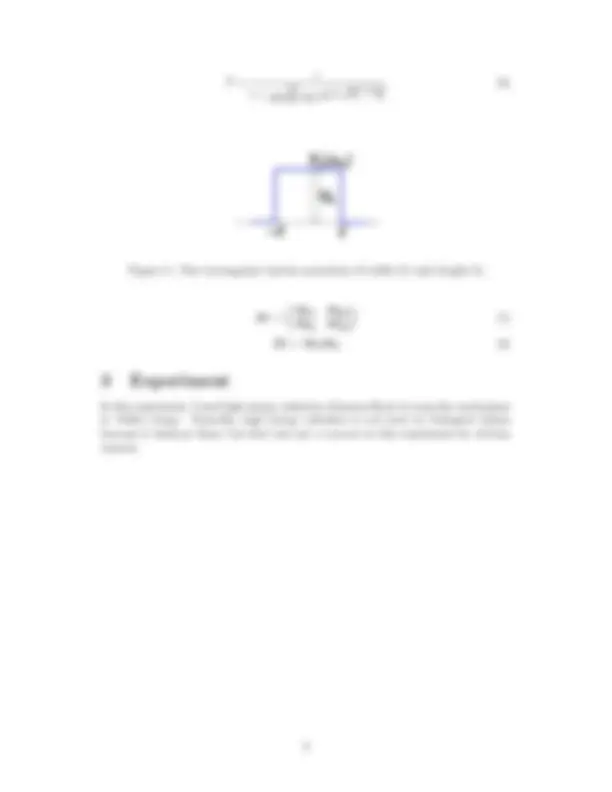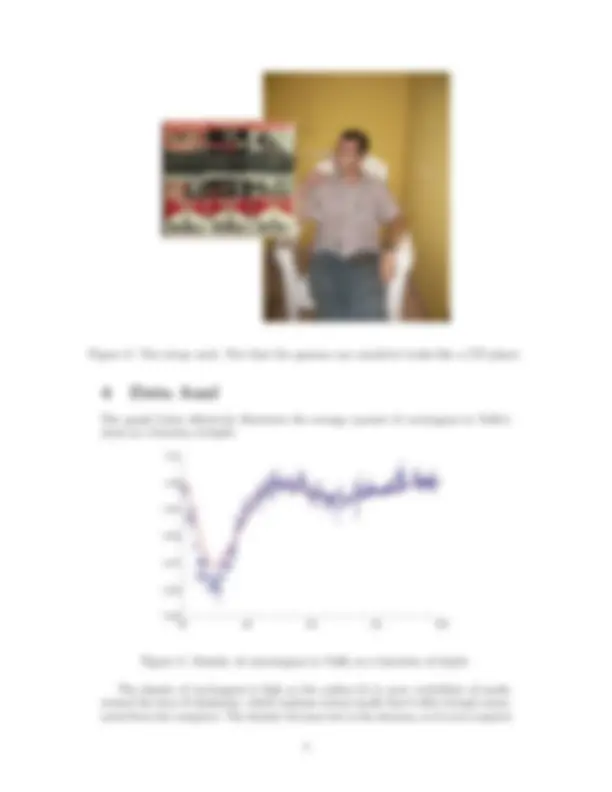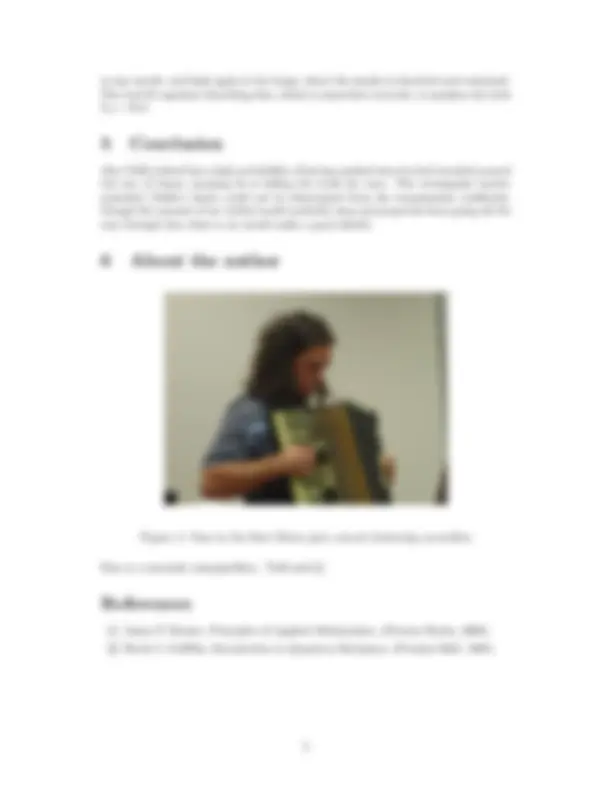





Study with the several resources on Docsity

Earn points by helping other students or get them with a premium plan


Prepare for your exams
Study with the several resources on Docsity

Earn points to download
Earn points by helping other students or get them with a premium plan
Community
Ask the community for help and clear up your study doubts
Discover the best universities in your country according to Docsity users
Free resources
Download our free guides on studying techniques, anxiety management strategies, and thesis advice from Docsity tutors
The theory and experiment of reconstructing potentials from scattering data, specifically applying it to detect carcinogens in yuffa's lungs using high-energy radiation. The schrödinger equation, the concept of inverse scattering, and the experiment setup. The data analysis reveals the density of carcinogens in yuffa's lungs as a function of depth.
Typology: Papers
1 / 5

This page cannot be seen from the preview
Don't miss anything!




Abstract Yuffa’s lungs were bombarded with high-energy radation to detect the carcinogens present. He claims to have been smoking since he had been around the sun 12 times, but I thought he was full of crap (pardon the pun). The purpose of this is to analyse the data collected, and determine if Yuffa is, in fact, a liar or was just an unintelligible pre-teen.
1 Introduction
What is inverse scattering?
In the mid-1960s, an important new class of transformation techniques was discovered. This transform, called scattering transform, is capable of producing exact solutions for a small group of nonlinear evolution equations. The idea of this transform is to view the solution q(x, t) of the equation to be solved as the potential of the Schr¨odinger equation
−
d^2 u dx^2
For each fixed time t, we study the scattering problem and and the reflection and transmission coeffcients and the bound states. Then, as time evolves, the potential q(x, t) (and hence its scattering data) evolves as well. Now, the amazing thing we discover is that there are certain equations for which the evolution of the scattering data is diagonalized, that is, the scattering data for a given frequency evolves independent of all other frequencies. Thus, instead of studying directly the evolution of q(x, t), we study the evolution of the scattering data, which is described by separated, linear differential equations whose solutions are easily obtained, and from this information we can construct q(x, t). To make any transformation work[2], we must know how to transform functions and also how to invert the transform. For the Schr¨odinger equation, we know how, at least in principle, to transform potentials q(x) by ending scattering data. A natural question to ask is if one can reconstruct a potential q(x) from knowledge of its scattering data. This is an important problem, not only in the context of the Schr¨odinger equation, but in many other applications such as x-ray tomography, seismic exploration, radar imaging, medical imaging, etc., where the shape of an object must be determined from indirect information, such as the way waves are reflected or transmitted by the object. We will discuss only the problem of reconstructing the potential of the Schr¨odinger equation, with the realization that this is but a small part of the important field of inverse imaging problems in which there is still much active research and development.
2 Theory
2 m
d^2 ψ dx^2
Vs =
ℏ^2 2 mb^2
, Es =
ℏ^2 2 mb^2
, xs = x b
d^2 ψ dx^2 s
Vs(xs) =
0 : xs ≤ −V 0 : − < xs < 0 : xs ≥
4 Data Anal
The graph below effectively illustrates the average amount of carcinogens in Yuffa’s chest as a function of depth.
20 40 60 80 100
The density of carcinogens is high on the surface do to poor ventialtion of smoke around the time of inhalation, which explains certain smells that I often though emmi- nated from the computer. The density becomes low in the sternum, as it is not exposed
to any smoke, and high again in the lungs, where the smoke is absorbed and contained. The best fit equation describing this, which is somewhat accurate, is equation (6) with V 0 = 10.8.
5 Conclusion
Alex Yuffa indeed has a high probability of having smoked since he had traveled around the sun 12 times, meaning he is telling the truth for once. The rectangular barrier potential (Yuffa’s chest) could not be determined from the transmission coefficient, though the amount of tar within would probably stop and projectile from going all the way through him (that is, he would make a good shield).
6 About the author
Dan is a narcisstic sesquipedlian. ’Nuff said.[1]
References
[1] James P. Keener, Principles of Applied Mathematics, (Perseus Books, 2000). [2] David J. Griffths, Introduction to Quantum Mechanics, (Prentice Hall, 1995).